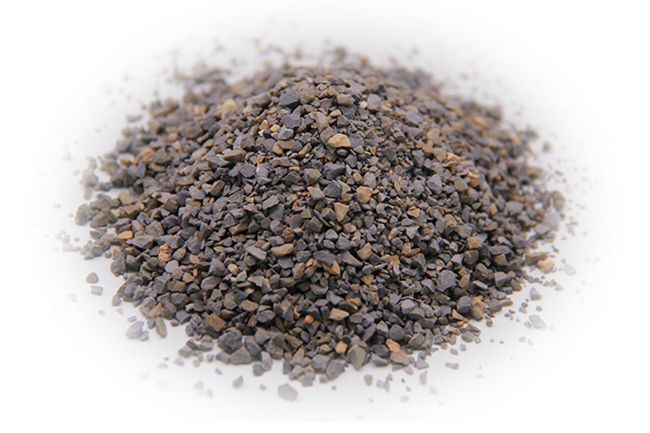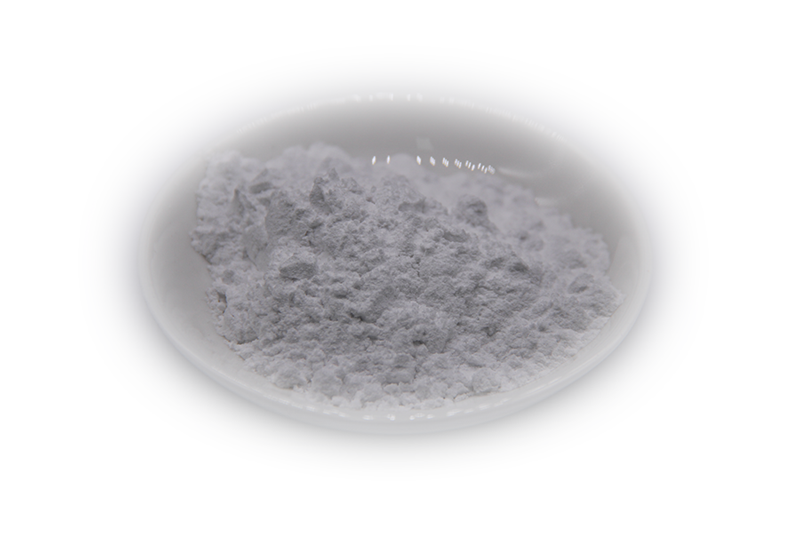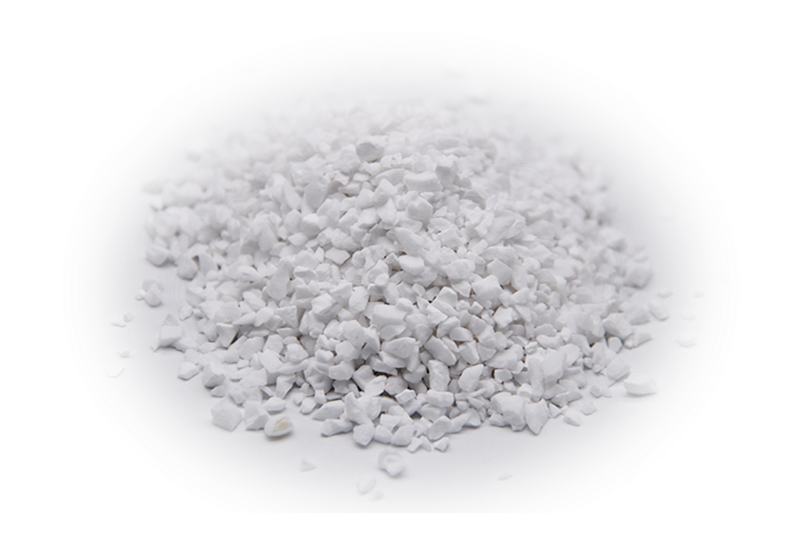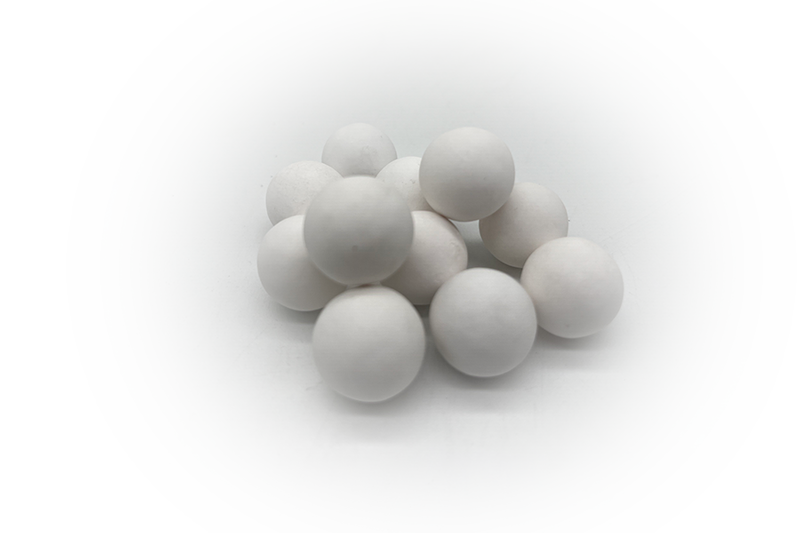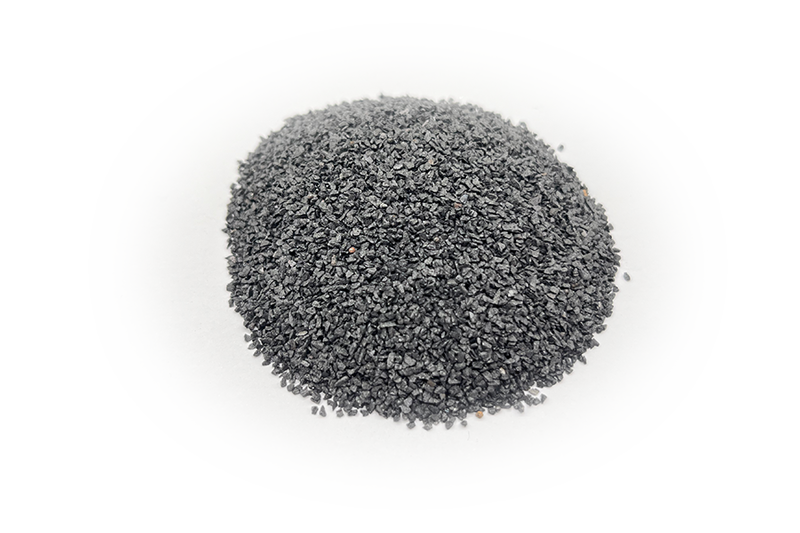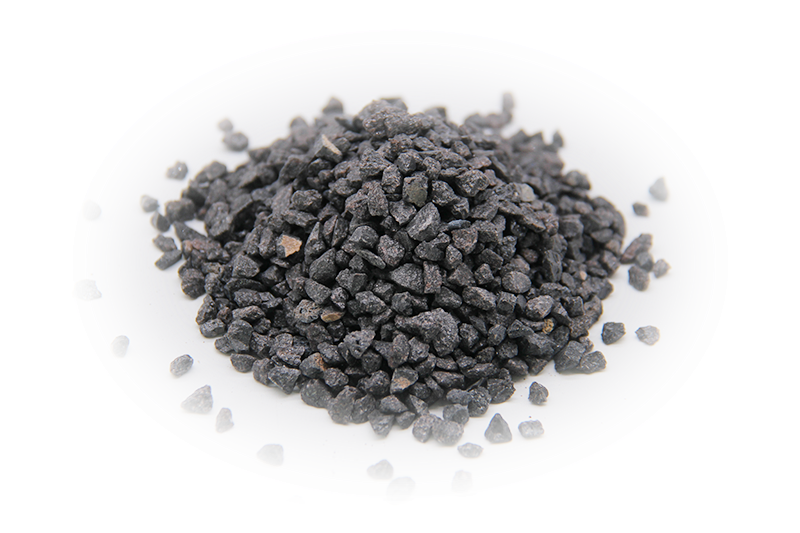Fused Alumina Zirconia,Az-25,Az-40
- zirconia alumina
- Zirconia-corundum
- ZA
Short Description
Specifications
|
BBrand Spec |
AZ-25 Index |
AZ-25 Typical Value |
AZ-40 Index |
AZ-40 Typical Value |
|
ZrO2 |
23%-27% |
24% |
38%-42% |
39% |
|
Al2O3 |
72%min |
74% |
56%-60% |
59% |
|
SiO2 |
0.8%max |
0.5% |
0.60%max |
0.4% |
|
Fe2O3 |
0.3%max |
0.2% |
0.3%max |
0.15% |
|
TiO2 |
0.8%max |
0.7% |
0.50%max |
0.5% |
|
CaO |
0.15% max |
0.14% |
0.15% max |
0.12% |
|
True density (g/cm3) |
4.2min |
4.23 |
4.6min |
4.65 |
|
Color |
Gray or Fresh grey |
Gray or Fresh grey |
||
Process Of Production And Application
Fused Alumina--Zirconia is produced in a high temperature electrical arc furnace by fusing zirconium quartz sand and alumina. It is characterized by hard and dense structure, high toughness, good thermal stability. It's suitable for manufacturing large grinding wheels for steel conditioning and foundry snagging, coated tools and stone blasting, etc.
It is also used as an additive in Continuous casting refractories. Due to its high toughness it is used to provide Mechanical strength in these refractories.
Yttria-Tetragonal Zirconia Polycrystals (Y-TZP) and Alumina (Al2O3) have attracted significant attention for implant material technologies owing to their excellent combinations of properties, such as high hardness, fracture toughness, and high strength and stiffness , These characteristics have made them attractive materials for a broad spectrum of applications covering the biomedical range where it frequently used in dental applications such as prosthetic implant abutments, bridges, root posts, and ceramic crown. Besides, they are also used in various engineering applications including oxygen sensors, thermal barrier coatings, cutting tools, optical fiber connectors, and solid oxide fuel cells. It is worth noting that the improvement in the mechanical properties of the Y-TZP is attributed to its fine grain size with the tetragonal to monoclinic phase transformation. This phase transformation is accompanied by a volume increase of approximately 3–5% resulting in inhibiting crack propagation and thus enhances material toughness. However, it is important to recognize that this transformation can also occur spontaneously under certain conditions. If zirconia is exposed to a low temperature in a humid environment ranging between 100 ℃ and 300 ℃, which may lead to the deterioration of zirconia, resulting in roughening and microcracking. This phenomenon is known as hydrothermal ageing or Low-Temperature Degradation (LTD) and has been identified as a contributing factor to the reduced performance of zirconia components in orthopedic applications
Researchers have developed several composites in which alumina is incorporated into a zirconia structure. The purpose of this incorporation is to enhance the resistance of LTD and to leverage the exceptional characteristics of these ceramics to improve the mechanical properties of the tetragonal zirconia matrix On the other hand, the presence of alumina in the matrix plays a crucial role in creating a stiff structure that helps constrain the zirconia particles. During the cooling process from the sintering temperature, the tetragonal zirconia grains can undergo a phase transformation from the tetragonal phase to the monoclinic phase. In this context, alumina serves to maintain the zirconia grains in a metastable state, preventing the complete transformation to the monoclinic phase. This preservation of the tetragonal phase contributes to the observed improvement in the hardness of the ceramic material
About Production


















